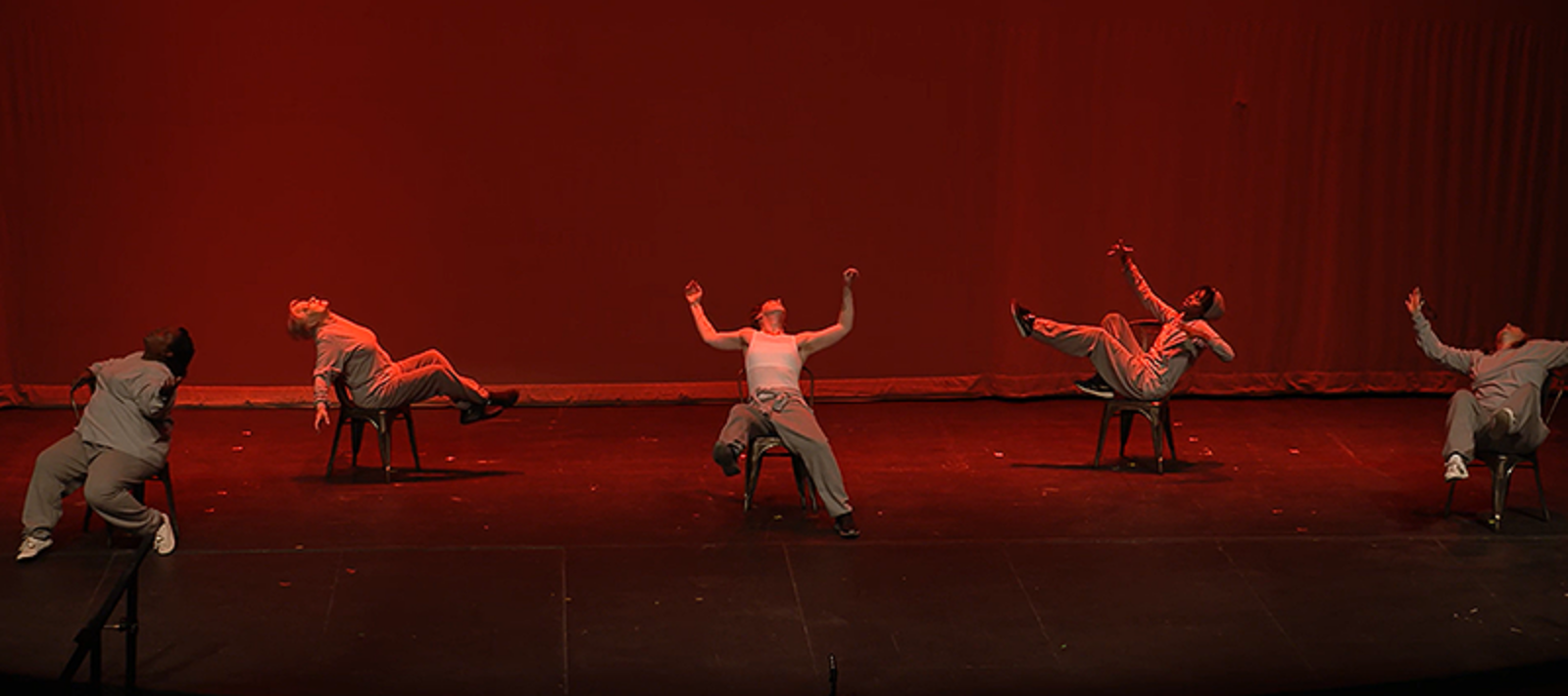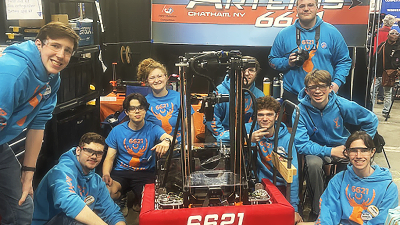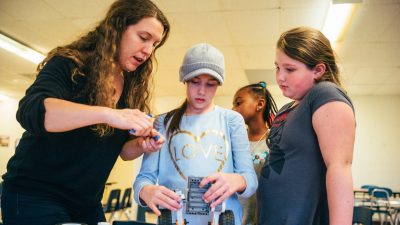What Does Expanded Access to the Arts Look Like?
Second Street, Second Chances, Inc., an ABC (Arts Build Community) Incubation grant recipient, is a Pittsfield-based organization that offers resources to formerly incarcerated individuals to support their re-entry into the community. Their mission is to support their clients with encouragement and practical resources so that they have a higher chance of personal success and positive outcomes in their lives upon release. Berkshire County’s recidivism rate, at 36%, is one of the highest in Massachusetts, and Second Street aims to find innovative ways to reduce that number. By going beyond providing resources for necessities, such as job-readiness, they offer their clients opportunities to engage in creative projects. ABC research revealed that nearly 80% of Berkshire County residents surveyed expressed a desire to have the arts or creative expression be more a part of their lives, but faced a variety of barriers. Second Street recognizes that there is great potential for their clients, through creative expression, to powerfully engage with the community, and in the process, break down stigma and stereotyping.
An ABC Incubation grant funded Second Street’s RELEASE theatre program, a workshop and resulting play based on the personal stories of six formerly incarcerated women: Kristen Acetta, Tiffany Broulette, Katelynn Goodwin, Kapaula (Mimi) Nicholson, Gabby Leon and Vivian Singh. The project culminated in three performances at Berkshire Community College’s Boland Theatre in September 2023, with over 100 in attendance, followed by talkbacks with actors and audiences.
Mark Gold, co-founder and president of Second Street, reached out to two local theatre directors, Amy Brentano and Sara Katzoff, to spearhead this project. In approaching this work, Brentano and Katzoff needed to build trust and create a welcoming (and logistically accessible) environment for women who were ready to share their stories. Their goal was to co-create a theater piece with the women, inspired by their “words, stories and dreams.”
Brentano and Katzoff scheduled a series of small meetings before and after Second Street’s After Care programs, which made it easier for the women to attend. Conversations were facilitated by the directors and three student volunteers from Williams College. A commitment was made to the women that although the interviews would be recorded on video, (resulting in 30+ hours), the recordings would never be part of the final performances; they would be only used as the raw material for the directors to write dialogue in the scenes, and as the inspiration for emotional interpretations with dance and music. The formerly incarcerated women, with a great deal of courage, shared personal life trajectories that touched on topics such as the beginnings of trauma, sexual abuse, substance abuse, homelessness, motherhood, and pivotal moments where they had to make important life choices. It also included themes of perseverance, humor, and the recognition that hope for the future could exist on the other side of incarceration.
The directors chose not to ask the women to tell their own stories on stage. They were not actors, and it would also put them in an additional vulnerable space. Local actors were auditioned, and an intergenerational cast of five was hired: Zurie Adams, Noh Bailey, Joan Coombs, Laura Standley and Brittany Nicholson. The directors and actors worked together to create scenes that expressed the emotional core of the women’s stories, rather than attempt to recreate the individual personalities of each woman as a character in the play. Names of places and people were changed, but the narratives were true to events. As a piece of theatre, the directors felt this was crucial to create empathy and engagement, and make it more universal. Actors brought their own artistry and interpretation to honor the stories, supported by professional stagecraft that included dance, music, film and lighting design. At one point, words from a hard-of-hearing, formerly incarcerated woman were projected in silence on stage: “I will be the voice of deaf and hard-of-hearing women.”
The finished work depicted a wide range of human experiences that touched on the women's prison life as well as life after release. Painful stories, as well as stories of resilience and discovery were depicted, as well as humor; the play included two interwoven, concurrent comedy sketches on prison life.
In talkbacks following the performances, participants had the chance to hear from members of the community and in some cases, family members. Brentano shared that this experience was powerful for all involved. For the formerly incarcerated women, it was especially meaningful to hear the compassion expressed from the audience toward them and their personal experiences. One word that emerged from the women's prison experiences was the feeling of being “faceless.” Having the opportunity to share one’s story was a way to be a visible, “real person,” and became a tool to challenge stereotypes. One woman described it as “cathartic,” and another exclaimed, “That’s my Story!”




